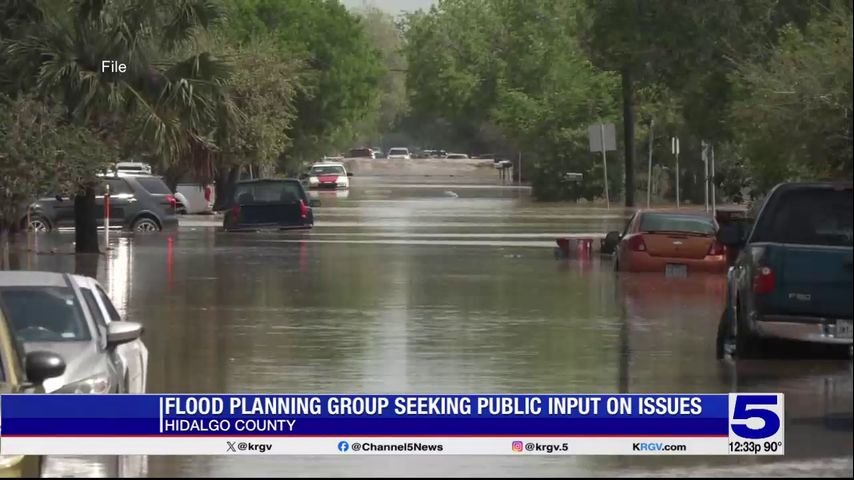Tackling Flooding Issues in the Rio Grande Valley: Community Solutions Needed
The Rio Grande Valley faces significant flooding challenges that require collaborative approaches to address. The Region 15 Flood Planning Group, established by the Texas Water Development Board, is actively seeking solutions and funding to tackle these persistent issues. This initiative is crucial for ensuring the safety and well-being of the residents in the area.
Understanding the Flooding Challenges
Flooding can have devastating effects on communities, damaging homes, infrastructure, and local ecosystems. In the Rio Grande Valley, residents have experienced firsthand the repercussions of severe weather patterns and insufficient drainage systems. This underscores the urgent need for effective measures to mitigate flooding risks.
Public Engagement is Key
A recent public meeting was held at Weslaco City Hall, where Hidalgo County Precinct 1 Commissioner David Fuentes emphasized the importance of community input. The Flood Planning Group aims to gather feedback from residents about their flooding experiences and the impact on their lives. “We want to know what more we can do to try and make impactful projects to reduce the amount of flooding,” Fuentes stated.
Improving Flood Risk Mapping
One of the critical goals of the Flood Planning Group is to enhance the existing flood risk maps for Region 15. Accurate mapping is vital for identifying vulnerable areas and planning appropriate interventions. By incorporating community feedback, the group hopes to create a more comprehensive overview of the flooding landscape in the Rio Grande Valley.
Call to Action
Residents are encouraged to engage actively with the Flood Planning Group. Sharing personal experiences and suggestions can prove invaluable in shaping effective flood management strategies. Public input can lead to innovative solutions that address the specific needs of the community.
The Path Forward
The collaboration between the Texas Water Development Board and local officials illustrates a proactive approach to managing flooding risks. The region is poised to explore diverse funding sources and project opportunities, creating a roadmap for sustainable flood management.
For more information on flooding solutions and community participation, you can visit the Texas Water Development Board website.
Conclusion
As the Rio Grande Valley addresses its flooding challenges, community involvement remains a cornerstone of effective planning and execution. With the collective effort of local authorities and residents, the region can work toward a safer and more resilient future. Engaging in these discussions is essential for fostering a proactive and informed approach to flooding issues.
Stay informed, get involved, and contribute to safeguarding your community against flooding!


